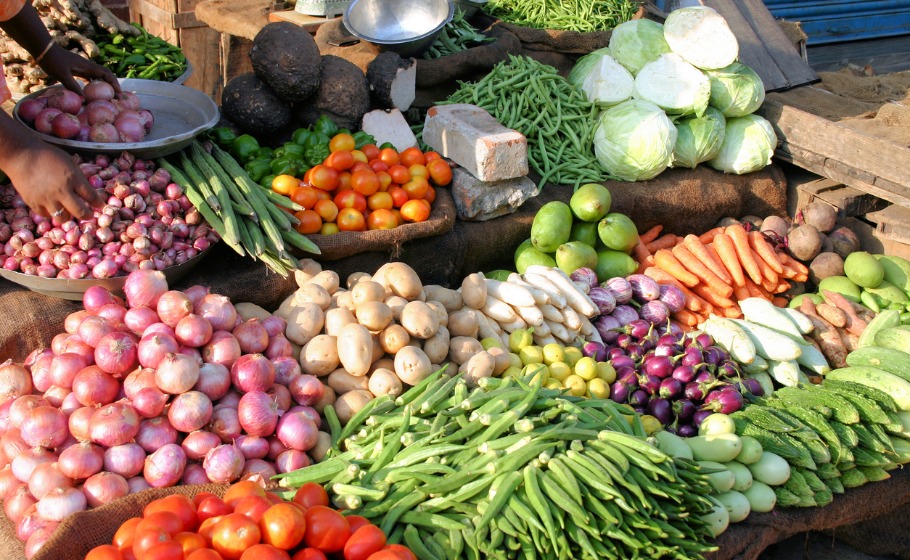
Geo-tagging, real-time data to check surge in prices of essentials
The Centre has started real-time monitoring of prices of 22 essential commodities using a mobile application launched at the beginning of this year by the Department of Consumer Affairs, which is expected to help check the prices if there's a surge.

The Centre has started real-time monitoring of prices of 22 essential commodities using a mobile application launched at the beginning of this year by the Department of Consumer Affairs, which is expected to help check the prices if there’s a surge.
Using the app, prices of rice, wheat, wheat atta, gram, arhar dal, urad dal, moong, masoor dal, sugar, milk, groundnut oil, mustard oil, vanaspati, soya oil, sunflower oil, palm oil, gur, tea, salt, potato, onion, and tomato are collected from 127 locations across the country.
This is being done to avoid spurt in prices of these items, a recent example being the surge in onion prices that led to retail prices soaring.
The app uses geo-tagging feature to ensure accurate information from the location where price data is being reported, according to the Ministry of Consumer Affairs, Food and Public Distribution.
Data accuracy and real-time collection of statistics improves the quality of data and this is expected to result in effective monitoring and predictive analysis of the prices of essential commodities. On the basis of such analysis, the central government will be in a position to initiate timely action if price of a particular essential commodity surges anywhere in the country.
Price reporting through the mobile app ensures reporting from the market as geo-tagged data automatically displays the location from where data is uploaded. Reporting of static data from office desktops is ruled out through this process, according to a statement issued here by the ministry.
Related news | Farmers decry Budget claims on agricultural income
As a result, each Price Reporting Centre has to furnish market details, such as names and addresses of the shops and markets from where prices are being collected, daily.
According to the guidelines for retail price reporting, the prices of the same variety of a commodity are to be collected from three types of markets — high income market selling premium items; middle income market selling standard items and low income market selling discounted goods. The average of the three prices is to be reported, the statement said. The mobile app used by the Department of Consumer Affairs has an inbuilt feature to calculate and report the average price. This helps in avoiding human errors in calculation, the statement added.
Market information from Agmarknet, Agriwatch, NAFED, and trade associations also constitute inputs for price analyses. The department is utilising the services of Agriwatch for providing market intelligence, predictive analysis of prices, and to develop a price forecasting model, the statement said.
The Consumer Affairs department has also proposed to the Department of Economic Affairs for a technical assistance fund under CARES Programme of the Asian Development Bank (ADB) for improving price monitoring and analysis of essential commodities. The activity components under the technical assistance are upgradation of price monitoring portal, capacity building for price reporting centres and price monitoring cell, identification of long-term improvements for food commodity supply chain and market efficiency.
Related news | Ideological kinks and implementation glitches mar govt’s agri policies
The DEA has approved the proposal and its implementation will further improve price monitoring and forecasting.
The Department of Consumer Affairs monitors the price of 22 essential commodities by obtaining daily reports of retail and wholesale prices from 127 price reporting centres located at State Food and Civil Supplies Departments across the country. The daily report of prices and indicative price trends are analysed for taking appropriate decisions such as release of stocks from the buffer to improve availability in the market and additional export clearances when stocks are aplenty. Similarly, when prices go up sharply due to supply side disruptions that cause shortage in the market, imports are liberalised by the government.

